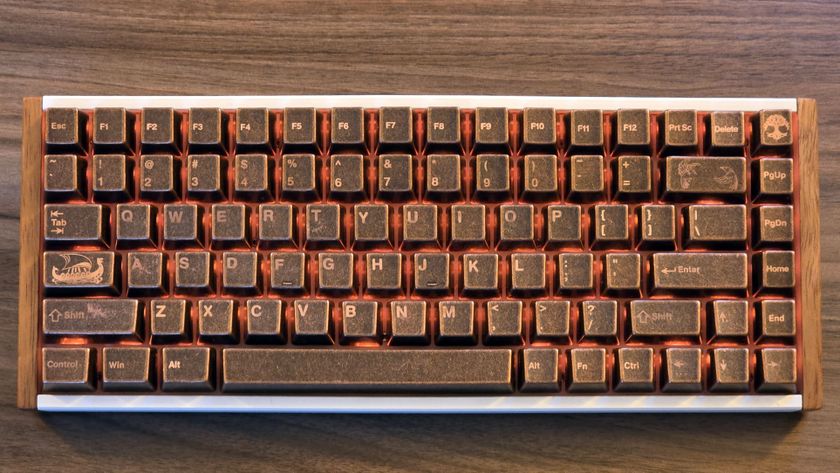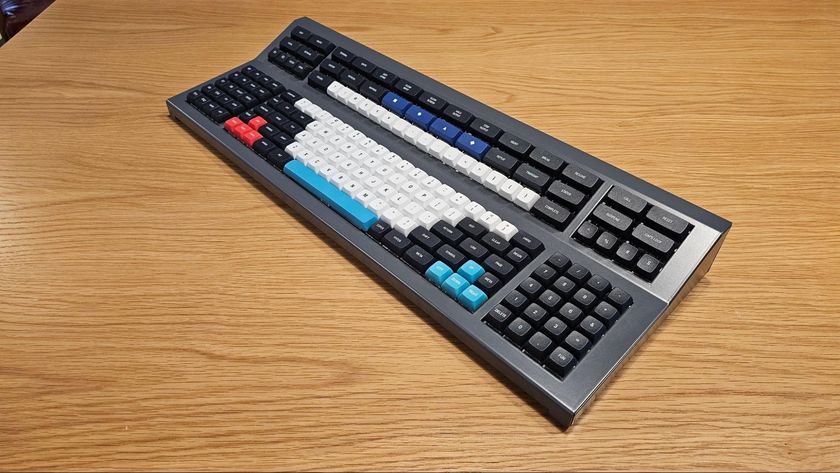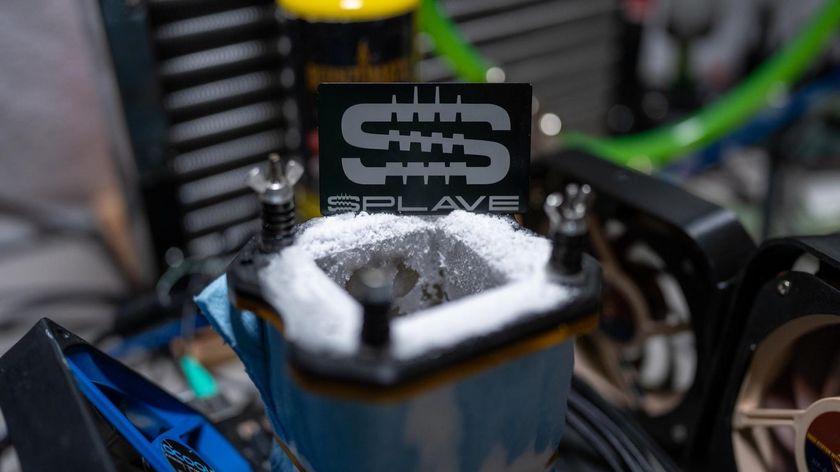AMD's Socket 939 Offers More with Much of the Same
The New Processors
While Intel inflated the L2 cache sizes to 1 MB (Prescott) and 2 MB (Dothan), AMD can afford to decrease the cache memory with the new Athlon64 processors. And they have good reasons for doing so: Both the Athlon64 FX and the Athlon64 for Socket 939 make use of 1 GHz HyperTransport speed, they run at the same core speed (2.4 GHz) and utilize the same dual channel DDR memory architecture. As a result, both processors would not only perform identically, but Athlon64 could even outperform the FX due to the fact that no speed-reducing registered memory is required any more.
Hence the cache size needed to be reduced to restore order. AMD took the opportunity to reduce the die size of the new 512 kB Athlon64 processors by a whopping 35% (193 mm2 to 144 mm2).
Good news from the multiplier point of view: Once again AMD decided to unlock the Athlon64 FX-53 completely, while the Athlon64 will be only unlocked for multipliers below the designated one. As a result, the FX can be freely overclocked while the Athlon64 allows for system overclocking only.
Finally, AMD also emphasized their NX bit that is part of all AMD64 processors and can be used as protection against certain types of virus attacks. We already discussed the benefits of this technology. For details, reader our earlier Athlon64 FX-53 review .
Athlon64 3500+

The Athlon64 3500+ at 2.2 GHz and 512 kB L2 cache probably is the most attractive new processor. With an initial price of around $500, it is more expensive than the Pentium 4 at 3.4 GHz. In exchange, it will beat Intel's top-of-the-line model in the majority of gaming and multimedia benchmarks except for video encoding.
Considering the fact that a Socket 939 motherboard with VIA's K8T800 Pro chipset is cheaper than a P4 model with the 875P, the new Athlon64 seems to be a good catch for power users.
Stay On the Cutting Edge: Get the Tom's Hardware Newsletter
Get Tom's Hardware's best news and in-depth reviews, straight to your inbox.












